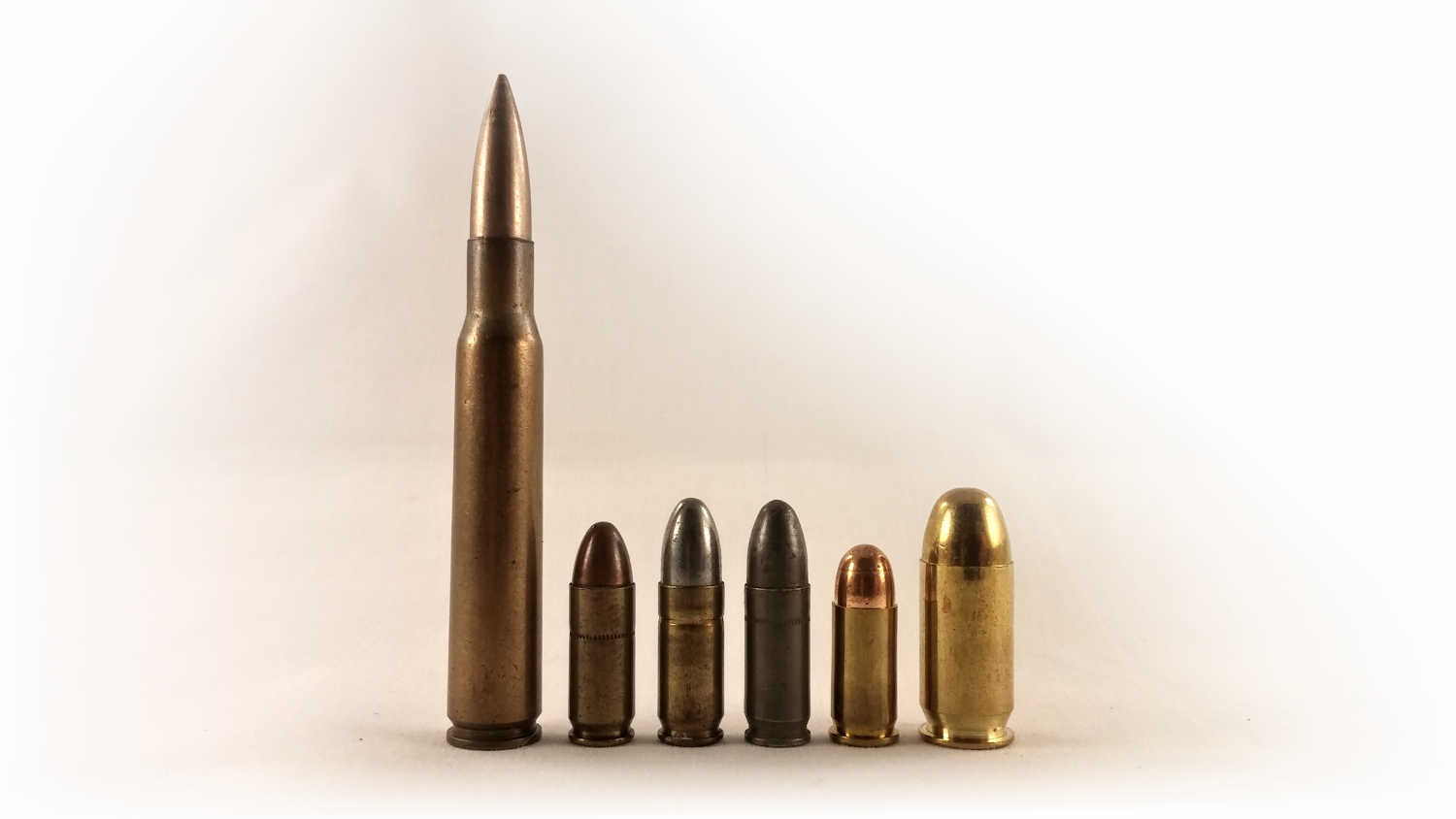In the early winter of 1918, it seemed as though the Boche wouldn’t stop, and the war was sure to continue on into 1919. New, secret weapons were needed to complete the victory over Germany, and one of these was John Pedersen’s “device”, officially called “Cal. 30 Automatic Pistol Model of 1918”, a drop-in replacement for a standard (but modified) Model of 1903 Springfield rifle that would give every American infantryman autoloading firepower for close range engagements in the expected 1919 offensives.
You can learn more about the Pedersen Device, as it’s now called, by watching the Forgotten Weapons video below. Also from Forgotten Weapons is a rare shooting video for the Device, embedded in the post at this link.
The Pedersen device wasn’t a complete dead-end, or at least the ammunition wasn’t. Even by 1919, the Army started to think that the .30 Pedersen cartridge did not have enough range, and began a program to improve the range to (a rather optimistic sounding) 500 meters. To do this, experiments were conducted at both Frankford Arsenal and Remington (there, by Pedersen himself) with heavier 90 gr bullets instead of the original 80 gr FMJ, and muzzle velocity increased to about 1,500 ft/s versus the original 1,300 ft/s. To do this, the new rounds needed longer cartridge overall lengths to allow more space for the propellant. Frankford’s design used a lengthened case, but it was the Remington/Pedersen design – which was used in the Browning 1921 patent rifle, and is commonly called “.30-18” – that became the one real legacy for the Pedersen device. It seems that at some point, this cartridge made its way to France, and seems to have become the basis for the French 7.65x20mm Longue caliber used in the Modèle 1935 pistol and MAS-38 submachine gun.

Left to right: .30 M1906 Ball, .30 Pedersen as would have been issued in 1919, .30-18, 7.65 French Longue, and modern production .32 ACP and .45 ACP for scale. Note how incredibly similar the 7.65 French Longue and .30-18 cartridges are.
 Your Privacy Choices
Your Privacy Choices
